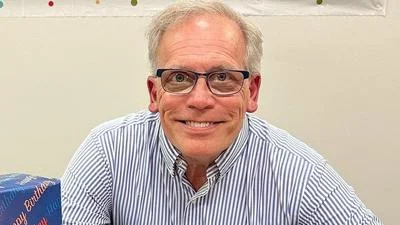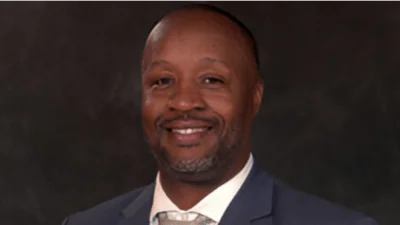Darin LaHood U.S. Rep. Illinois | Official U.S. House Headshot
Darin LaHood U.S. Rep. Illinois | Official U.S. House Headshot
In Washington, D.C., Congressman Darin LaHood, Chairman of the House Ways and Means Subcommittee on Work and Welfare, led a hearing on the Government Accountability Office's (GAO) findings regarding the Temporary Assistance for Needy Families (TANF) program. The focus was on state non-assistance spending and the need for modernization, reform, and accountability.
"TANF was created nearly 30 years ago as part of the historic Republican-led welfare reforms of 1996," noted Rep. LaHood. "Thanks to work requirements and time limits, basic assistance caseloads have declined, allowing states to shift TANF spending to non-assistance. The problem is that TANF has not been reauthorized since 2005, but continues to receive funding on autopilot. Congress must revisit the program, not only to modernize TANF as part of a comprehensive reauthorization, but to make necessary reforms to recognize the shift to non-assistance spending to improve accountability. My belief is that we need to reclaim TANF for work, do a better job of targeting funding towards the most vulnerable families, and restore the program to its original roots. I know many of my colleagues on this subcommittee share these views and have introduced legislation to make some of these changes. On its current path, TANF is failing beneficiaries who need economic security, and it’s also failing taxpayers whose money should be spent intentionally and strategically to support work. By modernizing the program, while ensuring that it continues to serve those who rely on it, we can reduce dependency and empower Americans to uplift themselves."
The hearing included questions posed by Rep. LaHood to Jeffrey Arkin, Director of Strategic Issues at GAO, Kathryn Larin, Director of Education, Workforce, and Income Security at GAO, and James Dalkin, Director of Financial Management and Assurance at GAO. The questioning centered around restoring transparency and focusing TANF on supporting the most vulnerable.
"Our Subcommittee has spent a significant amount of time looking at federal child welfare spending," explained Rep. LaHood. "Last year, Ranking Member Davis and I worked to pass a bill to reauthorize the Title IV-B child welfare program. One of the things we focused on was having in place the right data and performance reporting so we can see the quality of services and impact on families. According to GAO’s recent report, TANF now constitutes approximately one-fourth of total federal child welfare spending, eclipsing state funding through the Title IV-B program. To you, Ms. Larin, do we have data about the specific demographics of the children in foster care funded by TANF as we do in the Title IV-B program?"
"States are collecting data on the demographics of all the children they serve in their child welfare programs," clarified Ms. Larin. "So, at the state level, that data does exist, but going back to one of the main findings of our report, data on non-assistance TANF funding, there are no federal reporting requirements. So even if that information is available at the state level, it’s not being reported either to the state TANF agency or HHS [Health and Human Services], so is no, the answer."
The GAO found that the Department of Health and Human Services must do more to oversee the use of welfare funding under TANF by states. This includes enhancing the department’s fraud risk management efforts, improving outreach and coordination, and establishing better accountability guidelines.
GAO's review revealed areas requiring improvement and confirmed that TANF non-assistance, which constitutes 78% of total spending, lacks essential financial safeguards, creating the potential for misuse.
The GAO's analysis responded to a request by Rep. LaHood and House Ways and Means Committee Chairman Jason Smith as part of the committee's ongoing oversight of TANF.





 Alerts Sign-up
Alerts Sign-up